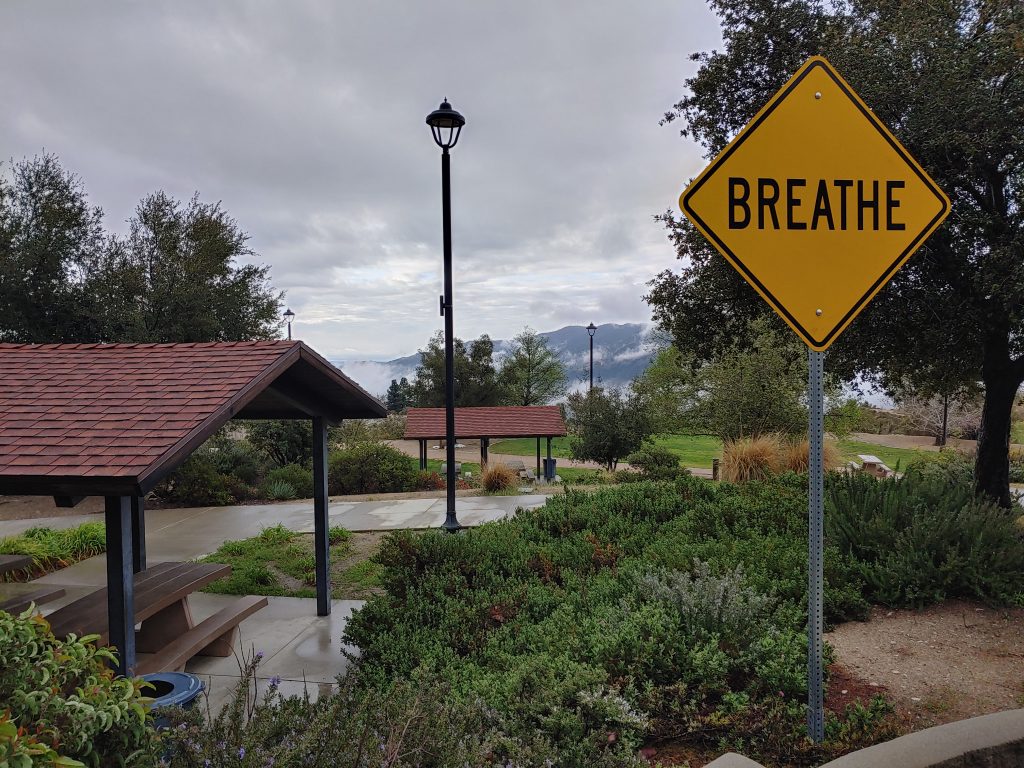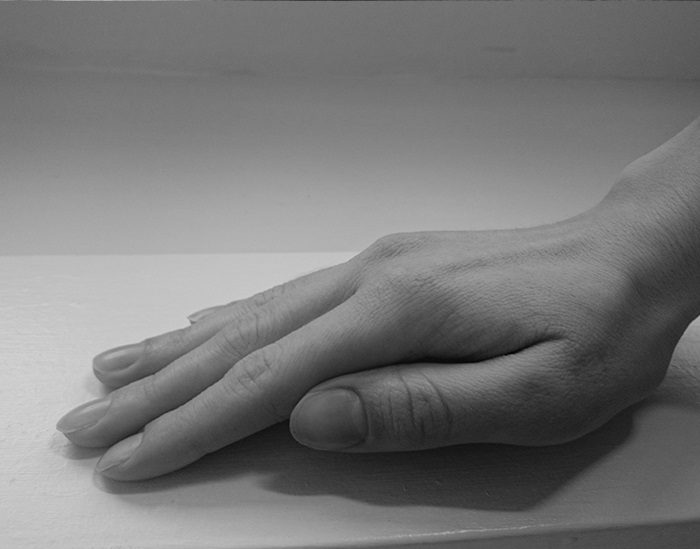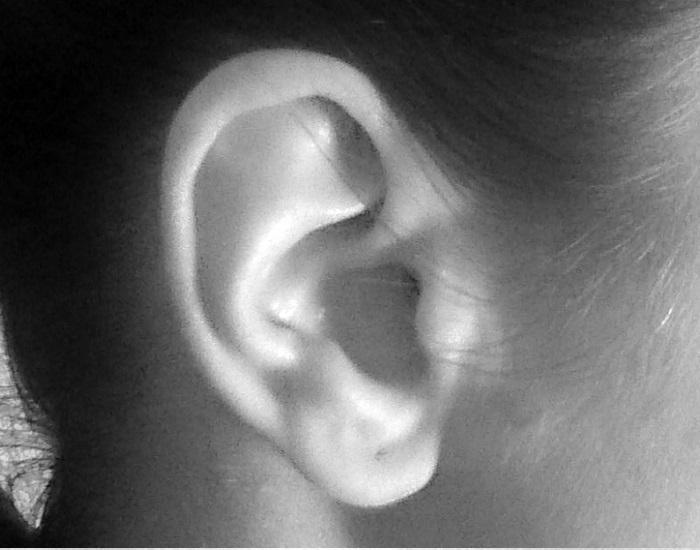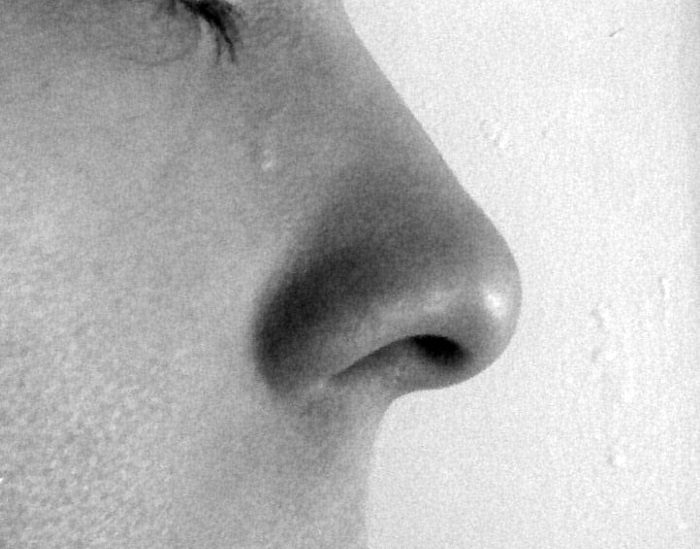
Being mindful can make it easier to savor pleasures in life, help us fully engage in activities, improve sleep and health, and increase our ability to deal with stressful events. Cultivating mindfulness takes practice. It is like building a new psychological muscle. The more you practice it, the easier and more natural it becomes.
We recommended you start by picking one or two practices per week. Try to find some time each day to practice the activities you have chosen. Keep it simple in the beginning. You do not have to spend long periods of time practicing. Even taking just a few minutes can go a long way in helping you learn to be more mindful.
Quick Links
- Unpacking the Definition
- One Moment Meditation
- Mindful Breathing
- Fives Senses Grounding
- Body Scan
- STOP Exercise
- Mindful Walking
- Mindful Eating
- Loving Kindness
- Mountain Meditation
- Recommended Resources
Unpacking the Definition
Mindfulness is awareness that arises from paying attention, on purpose, to the present moment, in a non-judgmental way – Jon Kabat Zinn.
Mindfulness is a quality of awareness that we already possess. Its about tuning into the right mental frequency that adheres to the following characteristics:
- Paying attention = What we pay attention to has power over us, because what we pay attention to becomes the stimulus to our response. Most situations are not black and white; thus, we have the choice of paying attention to the positive or negative aspects of a given situation, even during difficult times (e.g., looking for the silver linings). In mindfulness, the intention is to give your full, undivided attention to what you choose to focus on.
- On purpose = Mindfulness is a conscious, deliberate and intentional practice, as opposed to being in auto-pilot (e.g., compulsive, automatic thoughts that often arise subconsciously). There is nothing inherently wrong about auto-pilot, such as when I automatically engage my morning ritual in a half-awake state when I wake in morning. However, there may be auto-pilots that may be maladaptive, such as involuntary self-critical thoughts that may have the effect of discouraging and making us feel bad about ourselves.
- Present moment = The present moment is the only moment in time in which we have true freedom and the ability to effect change in our lives. The past is a memory and the future is a fantasy. We can’t physically travel back or forward in time, but mentally we can, and sometimes we psychologically get stuck in the past (e.g., ruminating, regret) or the future (e.g., worrying).
- Non-judgmental = Mindfulness incorporates the attitude that all experiences are valid, including the good or bad, pleasant or painful, etc…. Everything belongs and has its place. On the other hand, judgment can lead to clinging too tightly when we judge something to be good, or resistance and avoidance when we judge something to be bad. Most people, objects, or situations are not inherently good or bad; they become so because of our judgments.
One-Moment Meditation
The following video provides an introduction to mindful meditation, including the process of being aware of wandering thoughts and redirecting your attention back to the present focus, as well as instructions on proper meditation posture.
Mindful Breathing
Mindful breathing serves as the cornerstone of most, if not all, mindfulness practices. Aside from the spiritual symbolism of the breath as a giver of life, the breath is always present with us, otherwise we would not be alive.
Mindful breathing is a simple practice in which we set the intention of mindfully keeping our attention on the breath. Mindful breathing is different from deep breathing exercises in that we allow the pacing and depth of the breath to remain natural. The exercise is done best seated either on floor or chair, with your eyes closed, with or without a timer. Even a minute a day can make a positive difference.
Five Senses Grounding
A practice that can help you get out of your head and into your body via the five senses. This exercise is helpful when feeling anxious or at the early stages of a panic attack. The rationale is that what is happening in the present moment is oftentimes more neutral (e.g., all that is happening this moment is you reading this resource guide), as opposed to what’s happening in your mind, which can imagine all kinds of worst-case scenarios.
Start off by finding a quiet space free of distractions. Ideally, you can find a place to sit. Securely ground yourself in your seat, both feet planted on the ground, hands on your lap or sides of your chair, with a straight but relaxed posture, and holding your head up high as if sitting in a posture of dignity. If sitting is not possible, you can do this exercise standing up, but with your feet shoulder width apart, planted on the ground, your posture straight but relaxed, and left and right sides balanced. This exercise is done with your eyes open.
Once you have secured a space, take a few slow, deep breaths to relax your body. When you’re ready, mindfully engage your five senses using the steps below and describe the objects either verbally aloud to yourself or quietly in your mind:

Step 1. Mindfully observe 5 things you can see. Really look at the object and observe its properties, like its color, shape, and function.
During the exercise, you may find your self distracted by other thoughts, such as memories, wishes or fantasies that may be elicited by the object. When this happens, mindfully be aware of your wandering mind and gently return your focus back to the exercise.

Step 2. Mindfully observe 4 things you can touch. Actually touch the objects and describe whether it feels soft or hard, smooth or rough, hot or cold, heavy or light, etc…

Step 3. Mindfully observe 3 things you can hear. Describe the sound’s loudness, pitch (low or high frequency), duration, whether it sounds close or far, coming from inside or outside, or natural or mechanical, etc…
During the exercise, you may notice the urge to “read” into the objects, such as creating a story of where the sound is coming from or what is happening. Try your best to keep your focus on the sensation of the objects as opposed to the meanings associated with them.

Step 4. Mindfully observe 2 things you can taste, such as whether it is sweet, salty, sour, savory, or bitter.

Step 5. Mindfully observe 1 thing that you can smell. Common qualities of smells include: fragrant, fruity, citrus, woody, chemical, sweet, minty, nutty, pungent, and decayed.
Repeat the five steps until you feel grounded in your body.
Images from: Allan-Hermann Pool / CC BY-SA (https://creativecommons.org/licenses/by-sa/4.0)
Body Scan
A practice to help you be more attuned with your body, which is always anchored in the present moment, as opposed to your mind which can travel into the past, future, and/or to fantasies. The practice is best down lying down flat on your back.
STOP Exercise
STOP is an acronym for Stop what you’re doing, Take a few deep breaths, Observe the present, and Proceed with intention. STOP is useful when you notice yourself stuck in an unhelpful thought or behavioral pattern, and can be used to disrupt this pattern.

Stop what you’re doing. If you notice yourself caught up in unhelpful patterns, dis-engage and create some separation from these thoughts or behaviors, by putting down what you’re doing and even changing your location, such as going to next room or outside.

Take a few deep breaths. Take some slow, deep breaths to relax the body and calm the mind.

Observe the present. Set your intention to mindfully observe something in the present moment, whether it be your breath, sounds, or bodily sensations. Whenever your mind wanders, be consciously aware of the wandering and gently return your focus back to the exercise.

Proceed with intent. From a more relaxed and centered state, reflect on how you would like to proceed with your day with intention, “what is most important right now?”, “do I continue what I was doing before the exercise, or do something else?”
Mindful Walking
We often take walking for granted but when we first learned to walk as a toddler, we forget that it took many falls to learn how to stand, balance and use our muscles to walk. Mindful walking is a practice that reinforces the habit of staying grounded in the present moment by focusing on the sensations of walking (e.g., how the ground feels on the bottom of your feet).
Mindful Eating
A practice of attuning to the experience of eating using your five senses, which can improve digestion, increase gratitude, and change your relationship with food.
Loving Kindness
A practice of cultivating compassion towards yourself, others, and the world.
Mountain Meditation
This meditation uses a mountain as a metaphor for staying grounded and balanced (i.e., equanimity) in the face of changing conditions of life.
Recommended Resources
Websites and Apps
Podcasts
Books